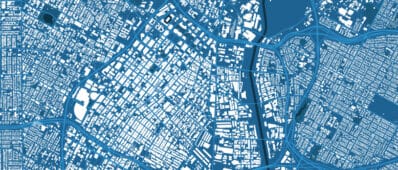Project Summary
Since 1937, “all cities and counties [have been] required to adopt master plans [called ‘general plans’ nowadays] … [and, in 1955] land use and circulation elements [became] required in the general plan” (California Governor’s Office of Planning and Research, 2003). Recently, as the California Complete Streets Act (AB 1358) is implemented, “all cities and counties, upon the next update of their circulation element, must plan for the development of multimodal transportation networks.” Other state legislation (e.g., SB 375) has placed emphasis on internal consistency (e.g., consistency of a locality’s circulation element with other general plan elements or policies it has adopted) and cooperation among jurisdictions to achieve regional Greenhouse Gas (GHG) emission reduction targets and other goals set included in the Sustainable Communities Strategy (SCS) and Regional Transportation Plan (RTP). However, despite the state-level guidelines and requirements, general plan making rests with individual localities, and the content/structure of plans does vary markedly across cities. Little is known about the informational contents of these plans and their use patterns. This project reviewed the content of eight recently adopted general plans in Orange County and conducted a plan use survey and follow-up analysis of survey responses. All plans analyzed were found to convey a variety of information about their visions, goals, policies, and implementation strategies, but the plan content analysis revealed substantial variation in the way cities composed their general plans and integrated them with other plans/players. Compared to land use elements, circulation elements tended to focus more on their connections with other agencies than on internal consistency. The plan use survey yielded a low response rate which may indicate limited use of plans in the field. However, a majority of the survey responses were positive about the usefulness and usability of general plans.

